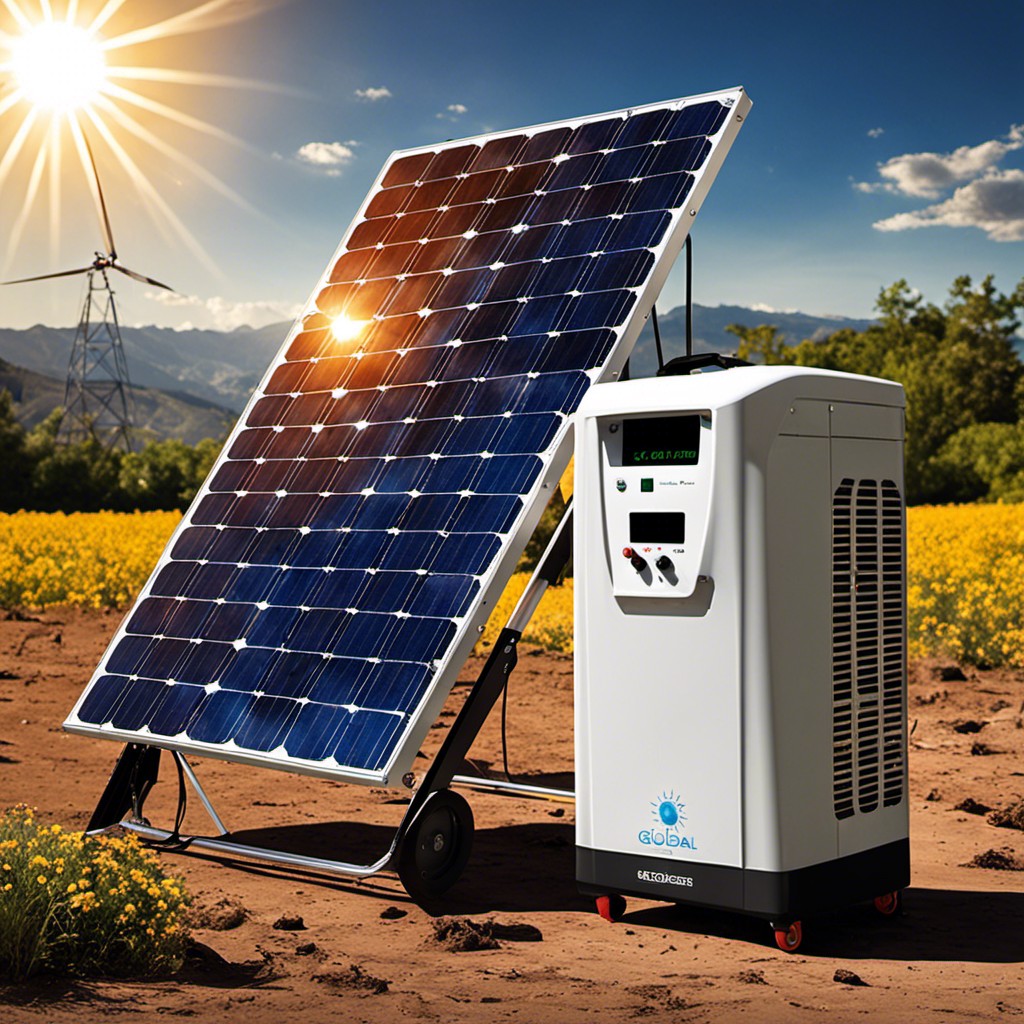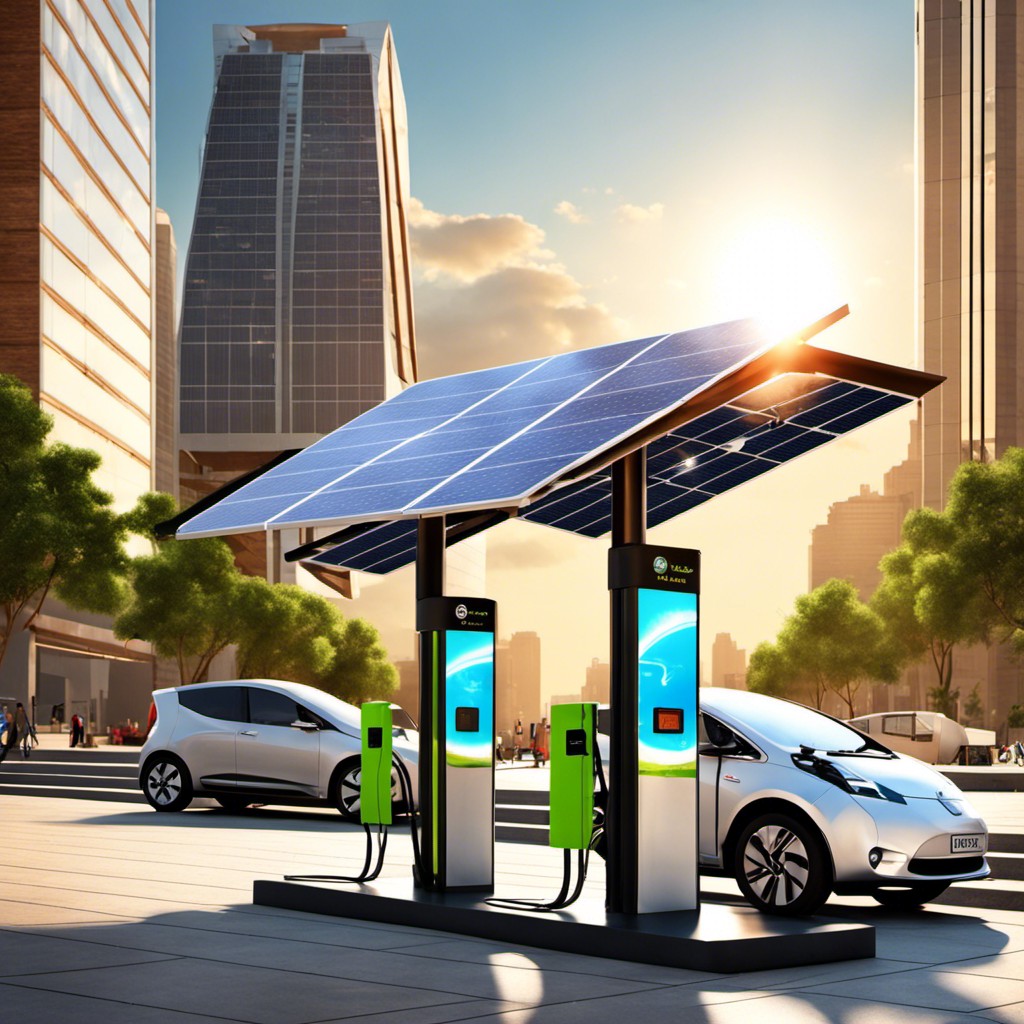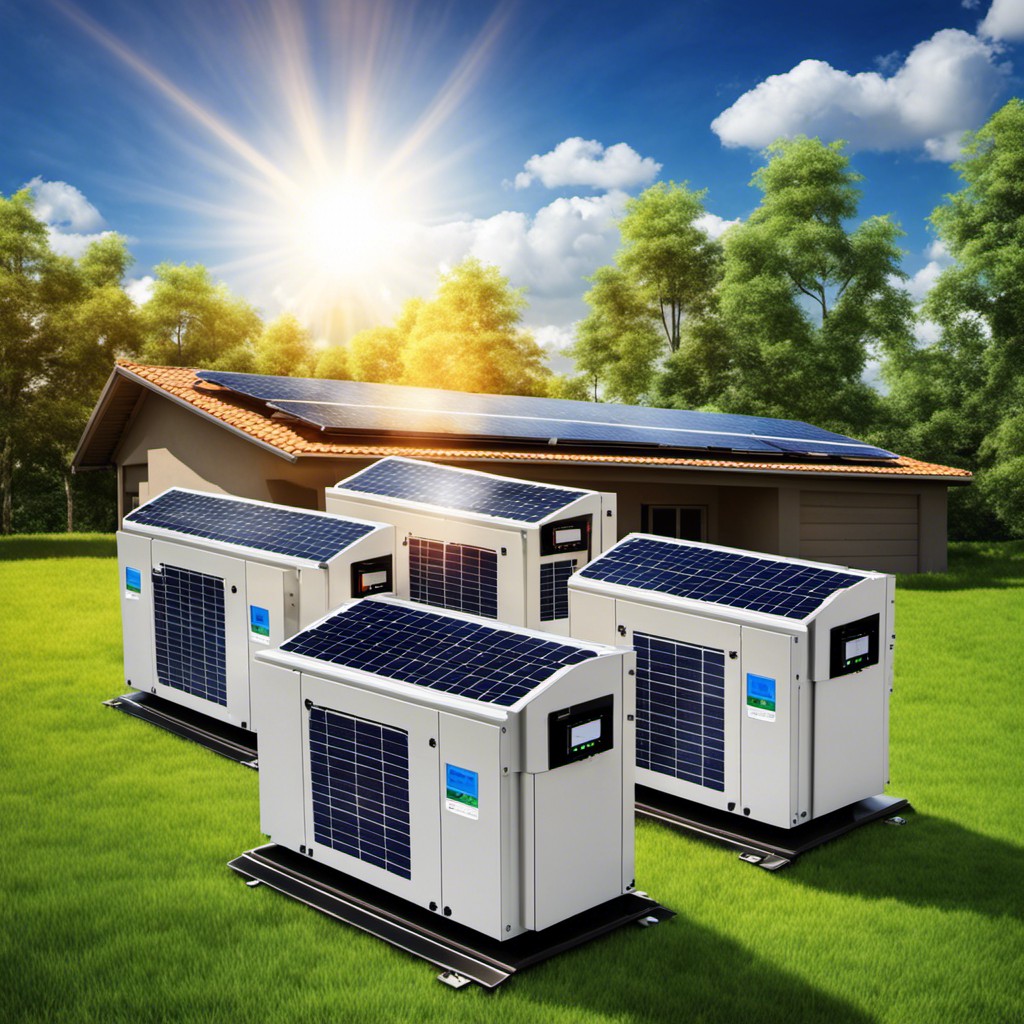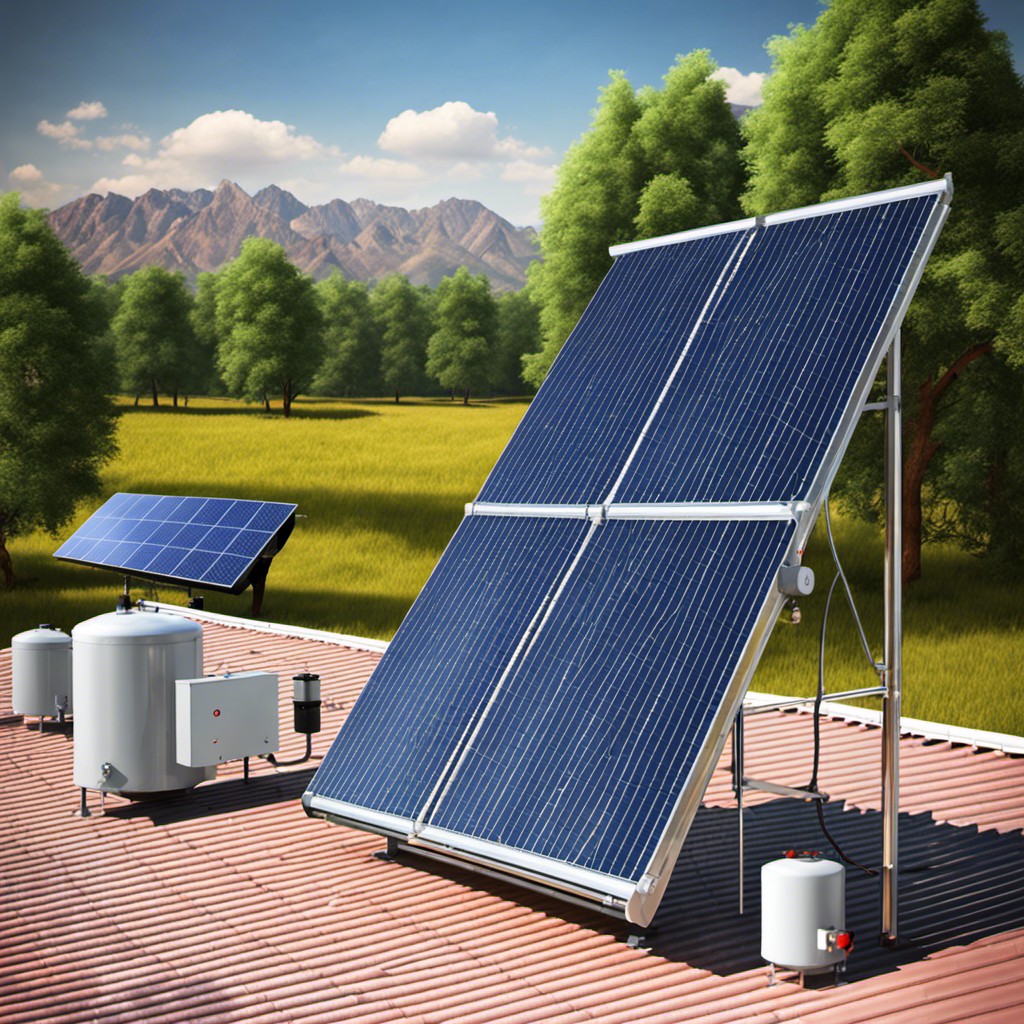Delve into the dynamic world of solar generator market as we explore its growth, trends and future projections in this comprehensive blog post.
Diving straight into the heart of the matter, the global solar generator market has been witnessing significant growth over the past few years. This growth is driven by a combination of factors such as the global shift towards renewable energy, technological advancements in solar power generation, and supportive government policies.

In 2020, the market size was valued at approximately $430 million and is projected to reach $720 million by 2026, growing at a CAGR of 5.2%. This article will delve into these statistics in greater detail, examining the key market drivers, regional trends, and future projections.
Whether you’re an investor, a stakeholder in the energy sector, or simply an interested reader, you’ll find comprehensive insights into the solar generator market here.
More than 263,000 Americans work in solar in over 10,000 companies in the US
Currently, the solar industry provides employment to a broad workforce across the United States. Figures show that 263,000 individuals are directly employed in various areas such as manufacturing, installation, sales, distribution, research, and others.
Scattered across the country are over 10,000 companies taking advantage of the bountiful sunlight to produce renewable energy. These figures underline the significance of the solar energy industry to the job market, echoing its economic importance beyond just energy production.
The solar industry generated nearly $35 billion of private investment in the American economy
Private investments have played a significant role in fueling the growth of the solar industry, accounting for nearly $35 billion in the past years. This significant financial influx has primarily gone towards the development and implementation of advanced solar technologies and infrastructures. This robust backing underscores the increasing confidence and financial commitments of private entities in solar energy as a sustainable, viable solution for the future.
As a result, the sector has witnessed unprecedented growth and innovation, contributing significantly to the American economy and solidifying the renewable energy footprint in the country.
All states have installed 1 GW or more of solar power to reach 100% clean energy in 2025
Each state across the U.S. has made significant strides towards enhancing the installation of solar power, with every single one achieving a capacity of at least 1 gigawatt (GW).
This milestone marks a critical step forward in the country’s transition towards complete reliance on clean energy within the next few years.
This impressive accomplishment signals the potential for each state to meet its ambitious energy targets, such as utilizing 100% renewable energy sources by 2025, demonstrating the rapid adoption of solar power as an efficient and eco-friendly alternative.
The move is also a testament to technological advancements that have made solar power increasingly efficient and affordable, thereby accelerating its uptake nationwide.
About 3.2% of the single-family detached homes installed solar panels for their homes
Highlighting the trend of renewable energy adoption among homeowners, data reveals around 3.2% of single-family detached residences have equipped their premises with solar panel installations. This implies an increasing recognition of solar power’s benefits in the domestic sector.
Such residences are tapping into the transformative power of solar energy, leveraging on its capacity for cost savings, energy efficiency, and environmental conservation.
Solar industry innovations have made it possible for homeowners to switch to solar power, indicating a promising trajectory for the future of the residential solar generator market.
The global solar generator market size was estimated at USD 480 million in 2022
Pinning down the scale in monetary terms, the statistics reflect an impressive share for the solar generator sector globally. An estimation conducted in 2022 approximated the market worth at a substantial figure of USD 480 million.
This monetary size of the solar generator market underscores its vital role in global renewable energy production, with robust growth perspectives considering the rising emphasis on sustainable energy sources.
The market is expected to reach around USD 966.49 million by 2032
Driven by increased environmental awareness, technological advancements, and supportive government policies, substantial growth is anticipated in the coming decade.
Forecasts indicate a market value close to USD 966.49 million by the end of 2032.
This surge represents a substantial expansion of solar generation investment and reflects its rising significance on a global scale.
Emphasizing cleaner energy sources and reducing dependency on fossil fuels have become priority areas, thus propelling the market forward.
With accelerated initiatives for solar power integration in several sectors, this growth trajectory seems set to continue.
A basic solar-powered generator with a thousand capacity ranges from $1000 to $3000
When it comes to cost, a standard solar-powered generator with a capacity of a thousand watts typically falls within the range of $1000 to $3000. This pricing takes into account various factors such as the quality of materials used, the brand, and additional technological features.
Therefore, prospective buyers need to evaluate their specific energy requirements, financial allocation, and desired features in a solar generator to make an informed purchase.
A larger solar-powered generator with a more sophisticated system can cost anywhere from $5000 to $15000
Venturing into higher levels of solar power requires a more significant financial commitment. Sophisticated systems entail more than just larger scales. They incorporate advanced capabilities, including enhanced energy storage, efficient conversion, and robust network integrations, justifying the broader price range from $5,000 up to $15,000.
The components driving up costs include premium solar panels, substantial battery storage, superior control systems, and the capacity to store excess power for use during inclement weather or at peak times. Note that these prices may not accommodate installation costs, which vary based on location, design complexity, and local regulations.
A portable solar power typically ranges from $500 for 110W to $5000 for 400W
For those seeking energy flexibility, portable solar generators hit the sweet spot in terms of price and capacity. Costs can vary depending on wattage with a 110-watt system typically costing around $500.
For those requiring more power, options ramp up to 400-watt units that are typically priced around $5,000.
These price disparities reflect the technology and capacity embedded within each unit, allowing users to choose a generator suitable for their specific needs.
Whether it’s for on-the-go charging, outdoor adventures, or as a power backup, these portable units offer consumers a blend of convenience and clean energy.
A 200W generator is enough to power a typical house
Delving deeper, it’s crucial to understand the potential of a 200W solar generator. To power a standard household, you don’t always need an elaborate, expensive setup. Incredible as it may sound, a 200W generator can handle the job effectively.
How does this work? Energy usage varies between households, but an ordinary home uses an average of 30 kilowatt-hours per day. By generating just over eight times this amount daily, a 200W system can comfortably meet this requirement.
Assuming six hours of peak sun exposure, the generator passively accumulates around 1.2 kilowatt-hours of energy. Multiply this by 365 days in a year, and you’ll have significantly more electricity than the standard home would typically consume. Hence, even on cloudy days or during nightly disruptions, you’ll have power to spare.
This energy-efficient tool, therefore, offers a practical, cost-effective solution for homeowners pursuing sustainable energy sources. It’s an appealing option for those looking to reduce their carbon footprint and save on ever-rising utility bills.
References:
- https://www.seia.org
- https://www.precedenceresearch.com/
- https://www.anker.com/
- https://blog.ecoflow.com/




